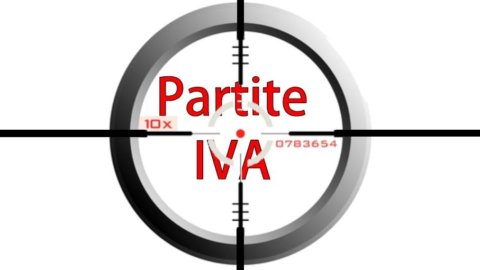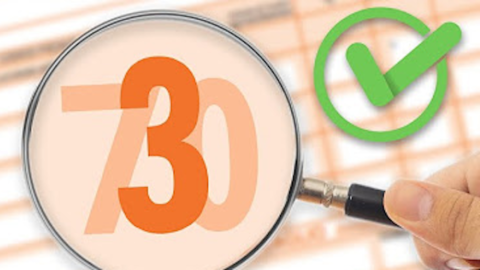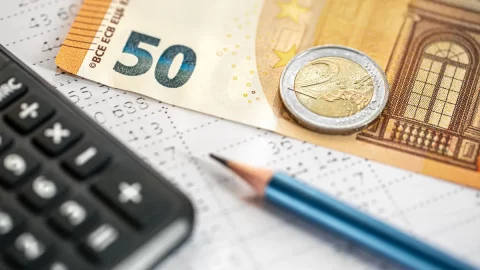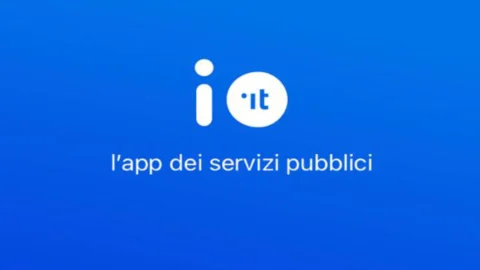The Revenue Agency has published a series of clarifications for entrepreneurs and professionals who want to access the flat-rate regime introduced by the 2015 Stability Law with their own VAT number. In circular letter no. 10/E, the tax authorities explain the changes introduced by this year's maneuver and resolve some doubts that emerged in the first year of application of the regime in force from 2015 January XNUMX.
1) HOW DO I ACCESS IT?
Taxpayers who meet a series of requirements (see point 2) and intend to start a small business or a professional activity have direct access to the flat-rate regime when applying for VAT registration.
Those who already have a business or already carry out a professional activity - and meet the requirements - access automatically, without the need to forward any communication to the tax authorities, either prior or subsequent (on the contrary, to choose the ordinary regime you must cross the box in the annual VAT return). To take advantage of the subsidized contribution regime, however, it is mandatory to send an electronic communication to INPS by 28 February of each year.
2) WHAT ARE THE REQUIREMENTS TO SATISFY?
To access the new regime, taxpayers must meet a number of requirements that refer to the previous year:
– have achieved revenues or received compensation not exceeding the limits indicated in the table
– have incurred total expenses not exceeding 5 euros gross for ancillary work, employee work and compensation paid to collaborators;
– have capital goods whose total cost, gross of depreciation, does not exceed 20 thousand euros at the end of the financial year.
3) AND THE CAUSES FOR EXCLUSION?
As for impediments, taxpayers who:
– make use of special regimes for VAT purposes or flat-rate income determination regimes;
– received income from employment and/or similar for an amount exceeding 30 thousand euros in the previous year;
– do not reside in Italy, unless they are resident in an EU country or in a State adhering to the Agreement on the European Economic Area and produce at least 75% of their total income in Italy;
– carry out exclusively or mainly transfer operations of buildings and related portions or building land, or intra-community transfers of new means of transport;
– participate in partnerships, professional associations (referred to in article 5 of the TUIR) or limited liability companies with a narrow ownership base that have opted for tax transparency (article 116 of the TUIR).
The presence of the requirements for access to the regime and the absence of impediments must be confirmed in the tax return: this year, in the 2016 Unico form, taxpayers will have to cross out fields 1 and 2 of line LM21.
4) WHICH TAXES DOES THE NEW REGIME REPLACE?
The single tax for small taxpayers replaces Irpef, Irap, regional and municipal surtaxes.
5) WHAT IS THE RATE?
The new regime provides for the application of a substitute tax of 15%, but starting from 2016 those who open a new business - if they meet the requirements - can benefit from a reduced rate of 5% for 5 years.
6) WHAT DOES IT APPLY TO?
The levy is calculated on the taxable income determined on a flat-rate basis by applying the profitability coefficient corresponding to the activity carried out to the amount of revenue or remuneration received. Here is the table of coefficients:
7) ARE THERE ANY AGE OR TIME LIMITS?
No: there are no age limits for accessing the new flat-rate scheme or a maximum duration beyond which it is mandatory to abandon the favorable regime.
8) WHAT ARE THE ADVANTAGES OF THE NEW REGIME?
Taxpayers who apply the flat-rate scheme benefit from numerous concessions:
– they do not charge VAT on the invoice;
– they must not observe the obligations of liquidation and payment of the tax nor the accounting and declaratory obligations provided for by Presidential Decree n. 633/1972;
– are exempt from the communications of the spesometer and black list data.
– for income tax purposes, they are excluded from sector studies;
– are not subject to withholding taxes and are exempt from applying them;
– are exempt from the obligation to register and keep accounting records.
9) WHAT FULFILLMENTS ARE MANDATORY?
However, it is necessary to fulfill some obligations:
– certify the fees;
– number and keep purchase invoices and customs bills;
– pay VAT for transactions in which you are tax payable (after integrating the invoice indicating the rate and the relative tax).
10) WHAT HAPPENED TO THE PREVIOUS FACILITATED SCHEMES?
From 2015 January 31, all the previous preferential regimes envisaged for smaller taxpayers were repealed. However, to allow for a gradual transition to the new rules, subjects who applied the advantageous regime or the regime for new production activities as at 2014 December XNUMX can apply the concessions envisaged for new activities until the end of the facilitated period (for a maximum of five years).
For example, a taxpayer who started a new business in 2014 and applied the favorable tax regime or the regime for new production activities can apply the specific concessions provided for by law (reduction of the tax base by one third for 2015, application of the substitute tax of 5% starting from 2016) until 2018.
Furthermore, subjects who applied the favorable tax regime as at 31 December 2014 can continue to apply it for the remaining period until the completion of the five-year period, or until they turn thirty-five if after the expiry of the five-year period, even if they started operations in 2015.





